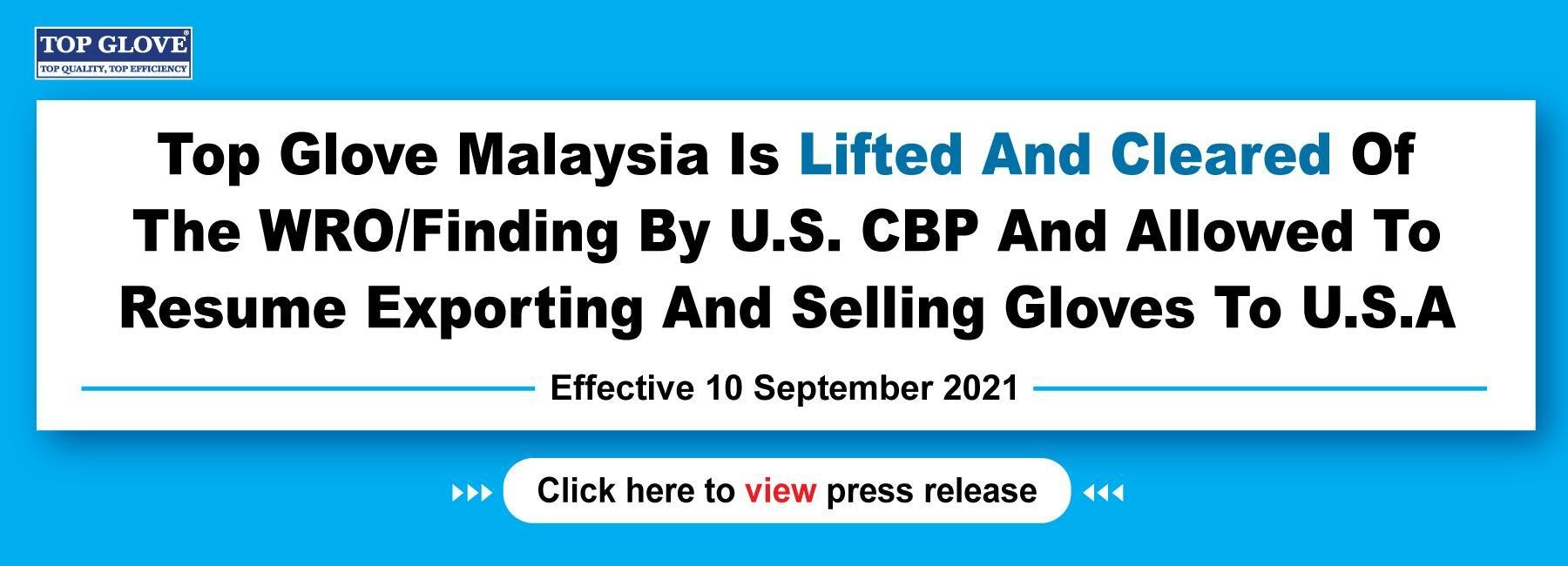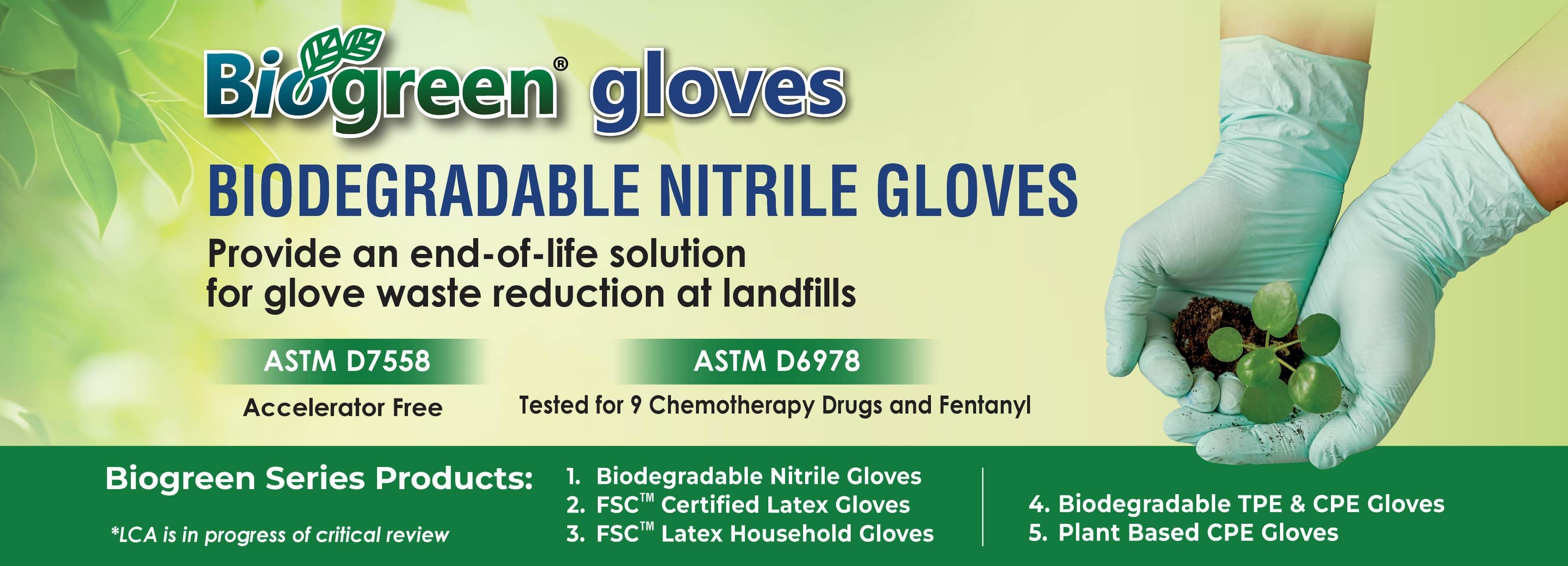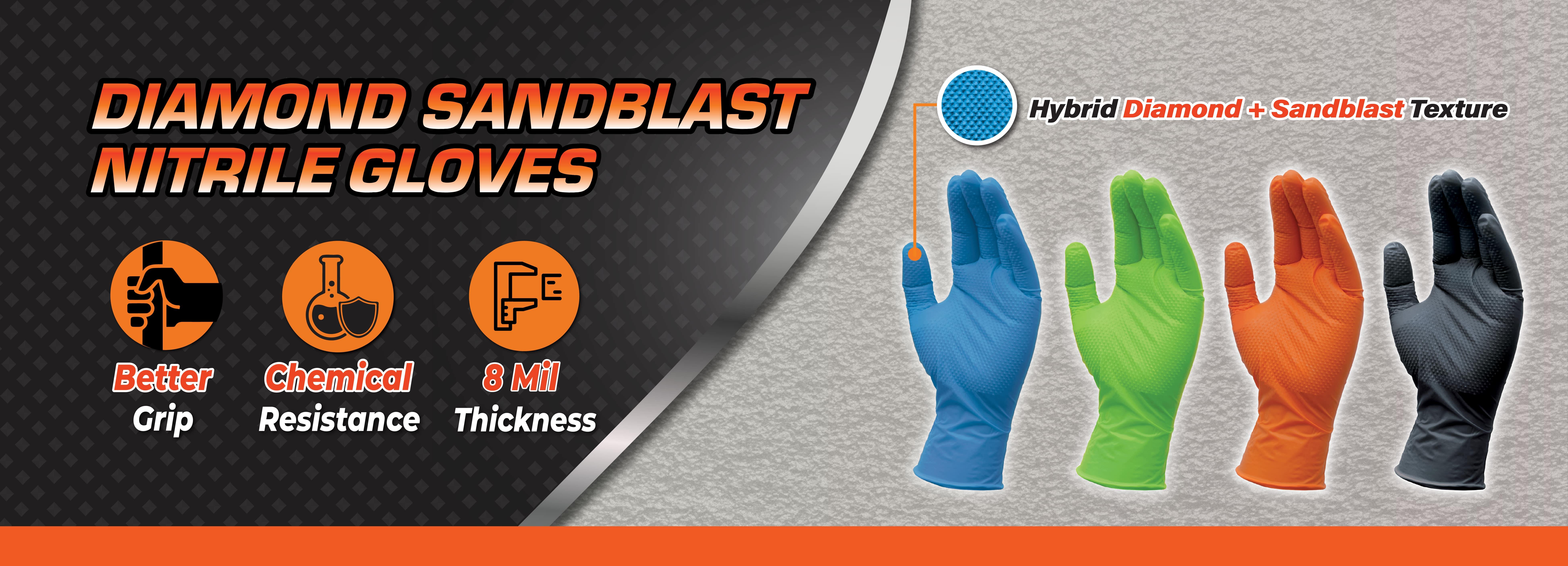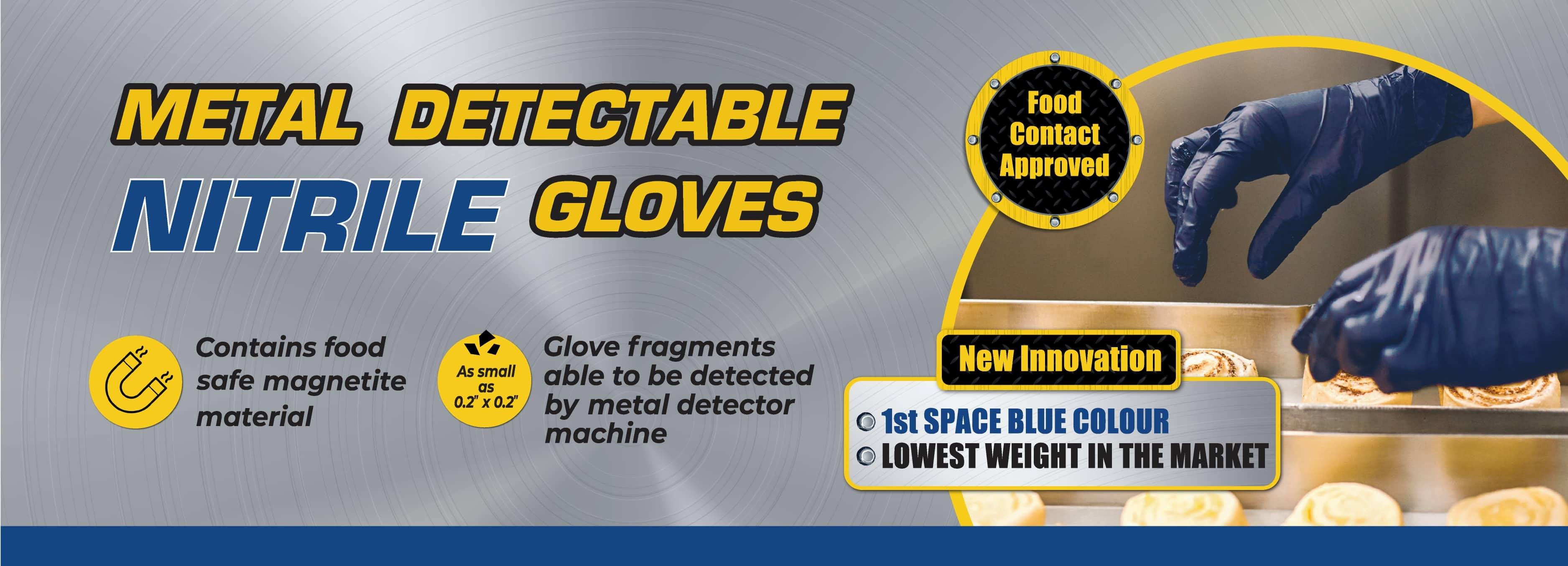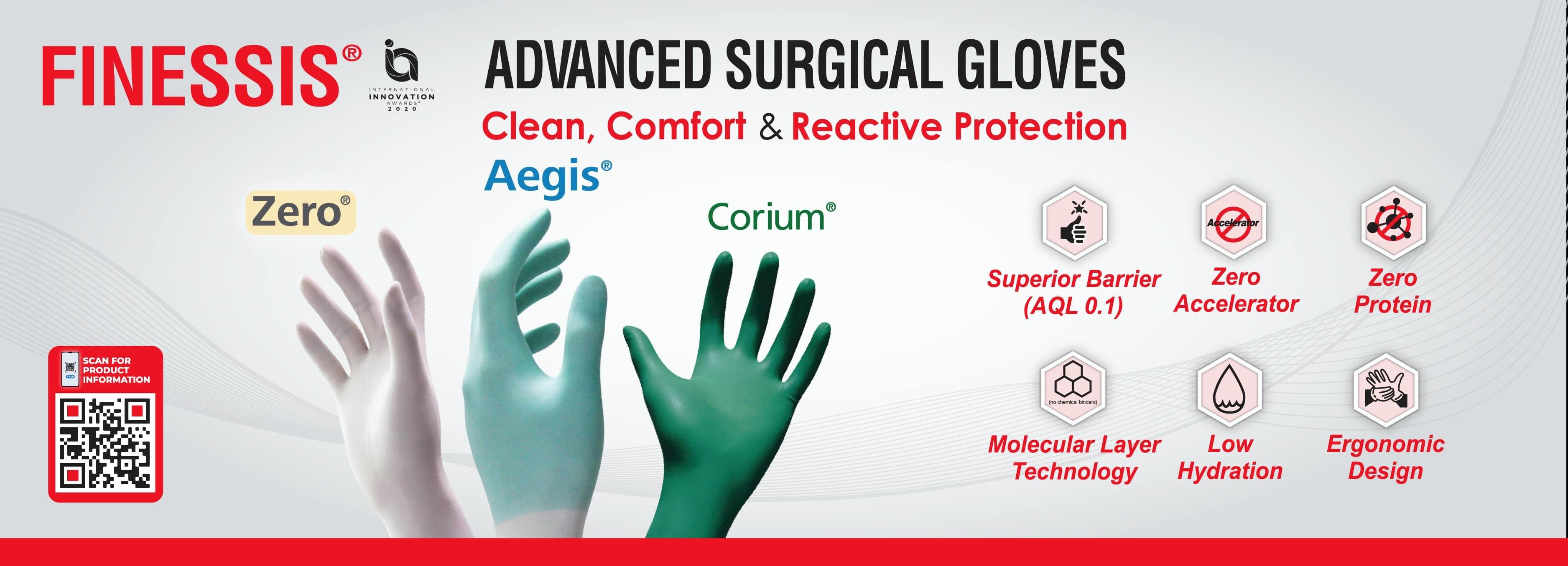TRIUMPHAL MARCH OF A MALAYSIAN RUBBER TYCOON
17 December 2019 / 12:12
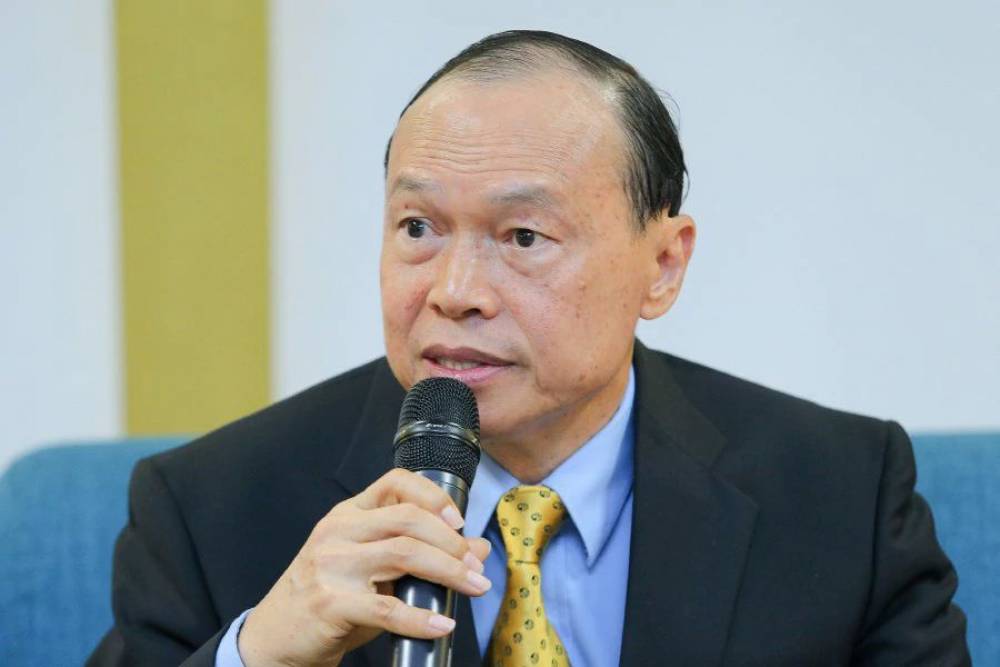
Millions, hundreds of millions or even billions? The question of how many copies of the world's largest manufacturer of medical gloves will sell each year can make some laypeople skid. Everyone knows the wafer-thin latex gloves from visits to the dentist or hospital; the more robust items for everyday use are somewhere in the kitchen cupboard, in the garage or outside in the garden shed. However, little is known about their leading manufacturers, and the size of the market is beyond traditional judgment.
As inconspicuous as Dr. Lim Wee Chai, the founder, chairman and majority shareholder of the company Top Glove, initially appears to be the two dozen gray, flat production halls in Shah Alam, Malaysia. The interior is all the more colorful: colored ceramic ghost hands flit by. Bright red latex, light yellow, medical blue or green like mint, their rotating movements are reminiscent of a colorful ballet. Such gloves in dozens of variants and sizes serve countless professional groups, from surgeons and cooks to nursing and cleaning staff to factory workers. They are used wherever cleanliness, tear resistance and tact are required.
Before entering this strange realm of rotating hands, you should take a deep breath of fresh air. The air along the latex baths and conveyor belts is stiflingly stuffy, hot and full of chemicals that even penetrate the respiratory protection like needles. And first the ovens: where the still moist natural rubber disappears for a while to burn in the material, color and shape, a bestial heat is emitted. The halls are almost deserted. The production lines are fully automated and are controlled and monitored from shielded rooms.
The market is growing rapidly
Top Glove now has over 683 such production lines in a total of 33 factories. This brings us to the amount of the test question asked at the beginning: The world market leader, whose name is hardly known outside of Malaysia, produces and packs 63.9 billion gloves annually; it could be used to equip every citizen of the world almost ten times - with products from Top Glove alone, which has a global market share of a good 28%. This is followed by three other Malaysian companies that are hardly known as outsiders: namely Hartalega, Kossan Rubber Industries and Supermax.
The market is growing rapidly Top glove factories are located in Malaysia, Thailand and more recently in China, where - one is amazed and reckoned - the market has hardly been tapped; India, another billion dollar market that invites you to extrapolate, has so far been completely underdeveloped. What if these markets wake up? - Top Glove is also aiming for larger capacities through organic growth and acquisitions. In 2018, three domestic competitors were incorporated, namely Aspion, Eastern Press and Duramedical. Production in Vietnam is scheduled to begin next year. The market is growing rapidly. In the past, the volume increases averaged 20–25%; today - on a much broader basis - it is still 10%, according to Lim Wee Chai.
The fact that the largest manufacturers of rubber gloves sprang up in Malaysia has of course to do with the rubber tree Hevea brasiliensis, which is widespread there. He originally comes from South America , but found just as good living conditions in tropical Malaysia. Thanks to Charles Goodyear, its viscous, whitish juice was processed into rubber for the first time 170 years ago and later turned out to be the ideal raw material for tires - and it has remained so to this day. The natural product later began its second and third triumphal march around the world: latex has been used in the manufacture of gloves since the end of the 19th century. And, as is well known, condoms are also made from it (but more on that later).
To conclude from this history that Top Glove is a long-established company is wrong: The company was only founded in 1991. At the time, there were about fifty manufacturers in Malaysia, says 61-year-old Lim Wee Chai, most of these companies were rather medium-sized; globalization was also only at the beginning. That was exactly the chance for the busy engineer.
Lim Wee Chai explains that his father was a rubber dealer. They would have always played in the wide rubber tree plantations as children. But the patron emphasizes that he originally had nothing to do with raw rubber and latex gloves. The physicist and engineer tended towards the electronics sector in the 1980s. Lim Wee Chai initially found a job as a technician at a Japanese manufacturer of air conditioning systems.
It all started with HIV and AIDS
So, what led the passionate inventor back to the rubber trees from his childhood? "HIV," he says quickly and quietly, as if it were the most natural thing in the world. As an MBA student, he noticed the outbreak of the immune deficiency disease, the panic at that time and the worldwide uncertainty. Then it became clear to him that there were huge opportunities in terms of hygiene and health.
And how did he establish himself as a startup in such a competitive environment? His answer to this sounds dry at first, as in the textbook: “Innovation, know-how, passion and customer orientation.” Behind it, however, are more than phrases, namely obsession: Lim Wee Chai, which bears the Malaysian honorary title Tan Sri, exudes the asceticism of a health guru, who seems obsessed with cleanliness, fitness, punctuality and work ethics. "No Corruption, No Gifts please" is already at the entrance to the company building. Before and after each meeting, the company's credo is reaffirmed with clapping hands. The guru shows it.
He relies on the best workers, on their full commitment and on their excellent treatment. There is a private clinic on the ground floor where staff can be examined free of charge; it serves Top Glove as a “laboratory”, among other things, where the latest trends in medicine and health and hygiene were evident. Lim Wee Chai has installed an ultra-modern fitness center for the employees on the top floor. "Excercise well!" Is written there.
"How many hours do you sleep?"
The company boss preaches a healthy lifestyle in an almost missionary way. Inferring from the outside, he adheres to it himself. How long do you sleep on average? How much exercise do you have? How often do you brush your teeth? How and how often do you wash your hands? "Doctor Cleanliness" wants to know quite a lot from his counterparts, he does not shy away from instruction, and besides, he firmly believes in a life of over 100 years. The question of his leisure time activities also clarifies what drives his success: he has the cheapest hobby that exists and at the same time it gives him the greatest satisfaction, he says - namely “work”.
However, charisma, iron will and infectious enthusiasm alone are not enough to create a billion dollar company out of nothing. Top Glove obviously had the right strategy from the start. Lim Wee Chai says that he never wasted time, energy and money on building a brand or building a market. He is in the B2B business, does not sell under his own label, supplies only to importers and is only interested in large quantities. Ultimately, there is Top Glove behind numerous well-known brands of rubber gloves - such as Sysco in the USA. Thousands of boxes with dozens of labels in all sorts of languages are stacked in the delivery. It was already clear in 1991 where the first factory had to be, namely in Shah Alam. The proximity to the port was decisive for this choice.
There is of course real competition, primarily from the three Malaysian providers. It is the second, third and fourth largest producer worldwide. But the companies were founded years before Top Glove, so they're older; nevertheless, thanks to its brilliant expansion, Top Glove is at least twice as big today in a direct comparison. But: Can the growth that is reflected in practically all of the company's key figures continue? Of course, Lim Wee Chai says confidently: In North America, with a share of 27%, the most important sales market, Top Glove currently sells 145 latex gloves per head and year, in Germany 141. In Mexico it is 15. For the two billion markets, India and China, the corresponding digits are only 1 and 3, for Indonesia 2. Almost 3 billion people live in these three countries.
But that's not all. You don't hang on the big bell, but since 2017 Top Glove has also been producing the most natural counterpart to gloves, namely condoms. From tear resistance to colors, sizes and tactile sensation to skin tolerance - the company has a lot of experience. After some inquiries about his future products, the patron then reveals a little secret. Lim Wee Chai believes that those with "How many hours do you sleep?" expertise in skin and body tolerance, health and cleanliness can also take the next step: the development of substances and products that could be used in medicine. For example catheters.
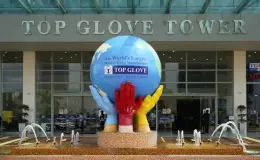

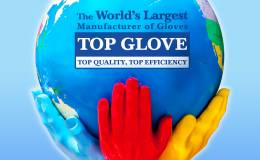


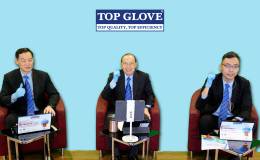

.jpg)

.png)
.png)
.png)
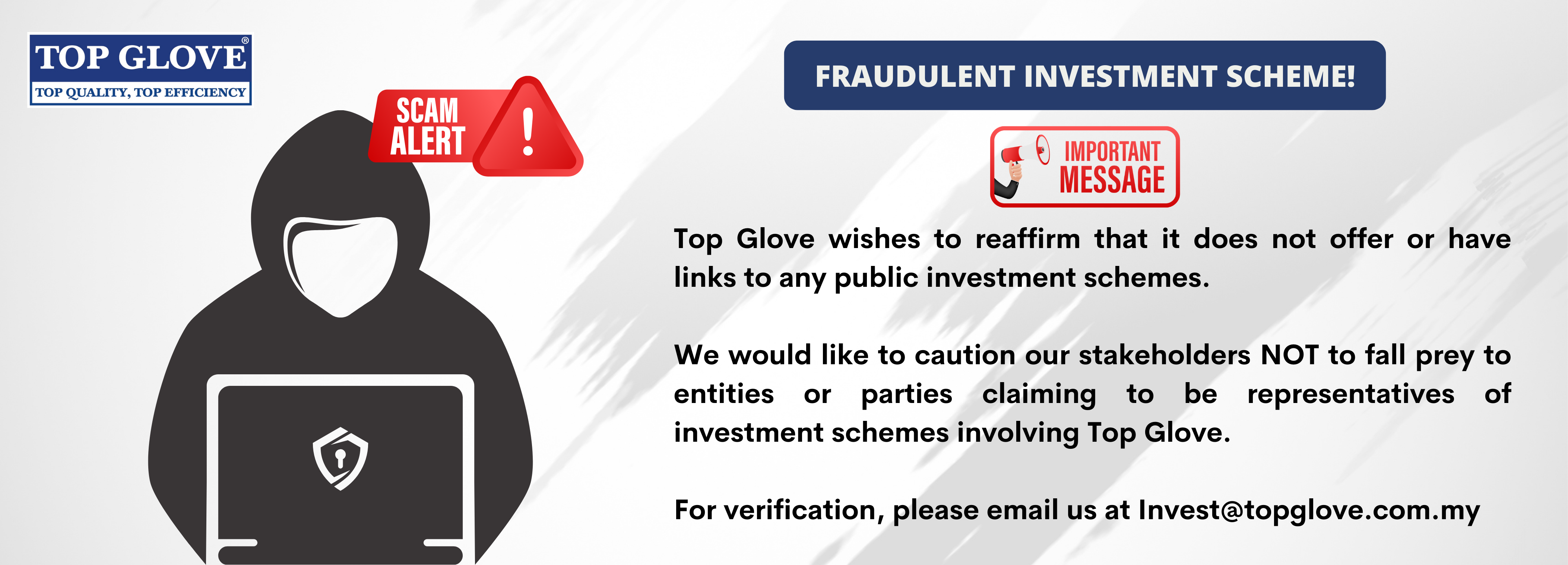
.png)
.png)
